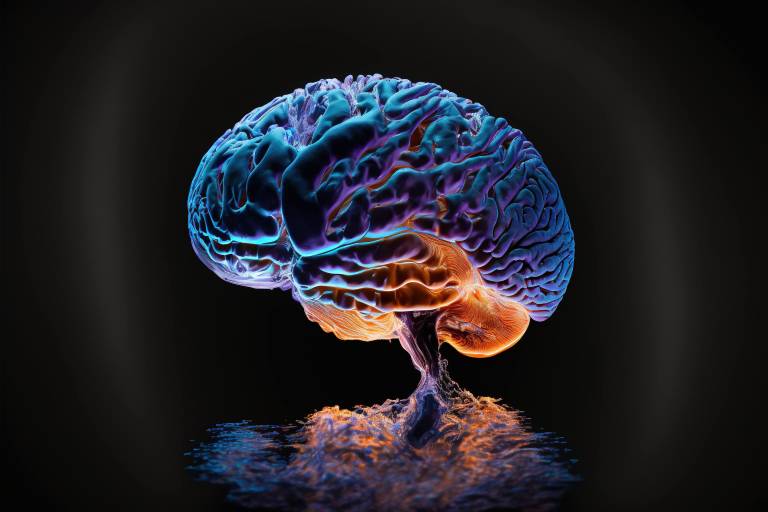Evolutionary history of hominin brain size and phylogenetic comparative methods
17 February 2023
An absolutely and relatively large brain has traditionally been viewed as a distinctive characteristic of the Homo genus, with anatomically modern humans presented at the apex of a long line of progressive increases in encephalization.

An absolutely and relatively large brain has traditionally been viewed as a distinctive characteristic of the Homo genus, with anatomically modern humans presented at the apex of a long line of progressive increases in encephalization. Many studies continue to focus attention on increasing brain size in the Homo genus, while excluding measures of absolute and relative brain size of more geologically recent, smaller brained, hominins such as Homo floresiensis, and Homo naledi and smaller brained Homo erectus specimens. This review discusses the benefits of using phylogenetic comparative methods to trace the diverse changes in hominin brain evolution and the drawbacks of not doing so.
Evolutionary history of hominin brain size and phylogenetic comparative methods
Christopher Pestana, Alexandra A. deSousa, Orlin S. Todorov, Amélie Beaudet, Julien Benoit
 Close
Close

